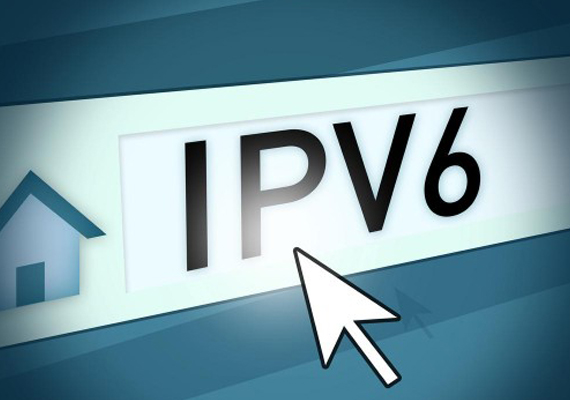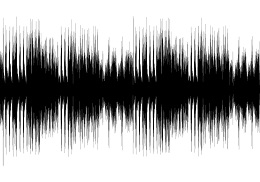
The Internet Protocol IPv6 enhances the features of the previous one since it allows for hosting up to 340 undecillion IP addresses. In this post we explain the characteristics of this protocol depending on whether its recipients are users or firms.
15 july 2016
IP allow us for surfing online, downloading archives or consulting our email address thanks to the connection it establishes between the different web elements and the devices we use to connect to it. During the last years, the organism in charge of the standardisation of Internet Protocols (IETF, Internet Engineering Task Force) has developed the sixth version of the protocol, IPv6. This updating is thought to progressively replace the version 4 thanks to that it allows for addresses with a 128 bits longitude, that is, 340 undecillion.
IPv6 for users
At user level, the use of IPv4 or IPv6 can affect several elements of the home network: devices with Internet connection, applications, routers, other online devices and the type of connection. Regarding the functioning of the IPv6 protocol in the home networks, we can differentiate three processes:
- Automatic connection: applications, operational systems and the computer work as usual.
- Transition mechanisms: (6to4 o Teredo): mechanism to which the operating system turns to if some of the three elements (router, other network devices, and connection with the Internet service provider) is not ready.
- Manual transition mechanisms (tunnel brokers): in this kind of mechanisms it is necessary that the user executes some application or configures its computer.
IPv6 for firms
Both if they are big corporations and if they are SMEs, firms also can take advantage of this protocol of Internet connection. In principle, the challenges regarding connection are the same ones that for the users, although in the case of business networks the following particularities have to be considered:
- Application: it is necessary to check that such applications continue functioning in a dual stack network (with IPv4 and IPv6).
- Router: most of which are in the market are compatible with IPv6. If they are not, you can update the software.
- Other network devices: the quantity of network devices would be proportional to the size of the network.











